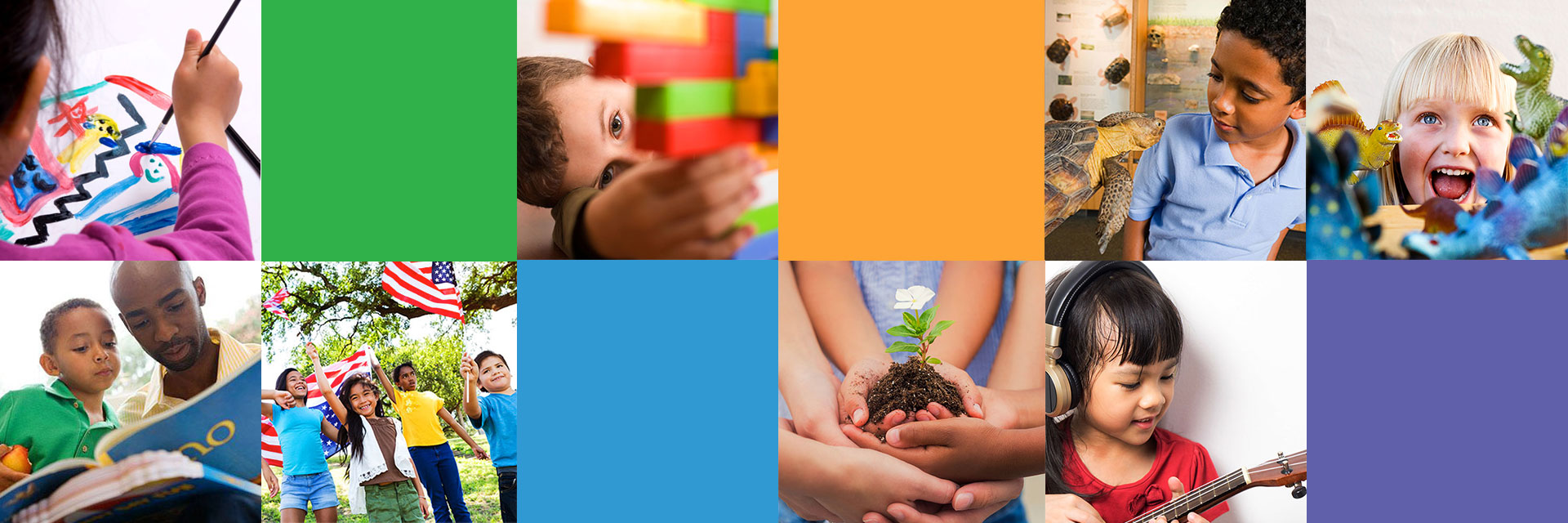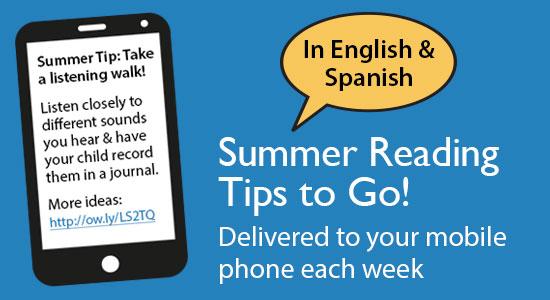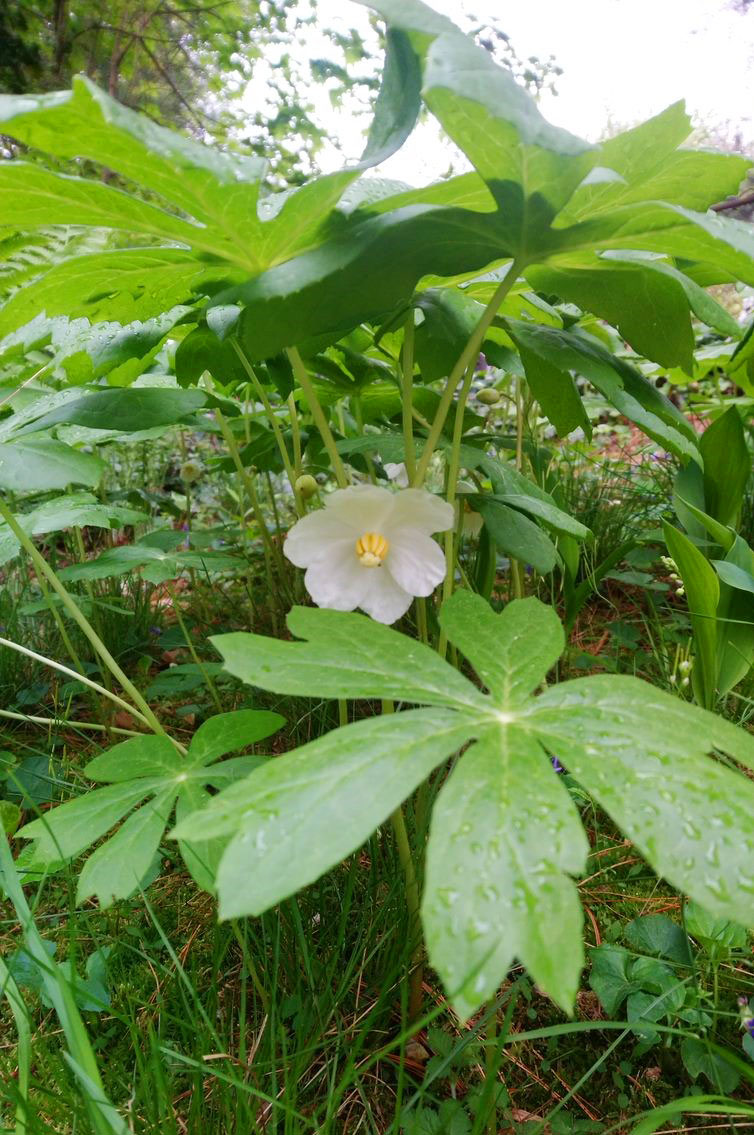
The mayapples have emerged in my backyard. The delicate white blossoms hiding demurely under tiny green umbrellas have always been one of my favorite wildflowers.
I have these in my garden thanks to my good friend Madelyn Rosenberg who knew of my love for these plants and let me tag along to rescue them from her friend’s yard that was soon to be converted to sod.
So now I can relive childhood days spent coming up with stories about some very small people with short existences who lived and played under the mayapple umbrellas. But wistful memories won’t save the planet. One way I hope I can help is to connect kids today to the stories of people, animals, and places affected by climate change — and of those stepping up to do something about it.
Madelyn, author of Happy Birthday Tree!, Take Care, and Cyclops of Central Park, and co-author of This Is Just a Test and Not Your All-American Girl, which she wrote with Wendy Wan-Long Shang, has written just such as story.
April 18, 2022
Reading the Signs by Madelyn Rosenberg
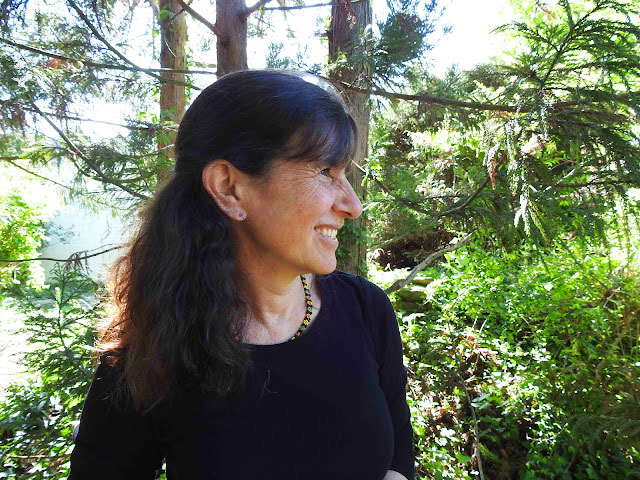
I live in Arlington, Va., where we have public transit — and also rabbits, deer and foxes. From my yard, with its tiny, human-made pond, you can hear both the Metro and the sound of bull frogs, a kind of guttural moo that serves as a soundtrack for spring, summer and part of the fall. I still consider it something of a miracle that our neighbors don’t complain about the frogs. (There’s nothing they can do about the Metro.)
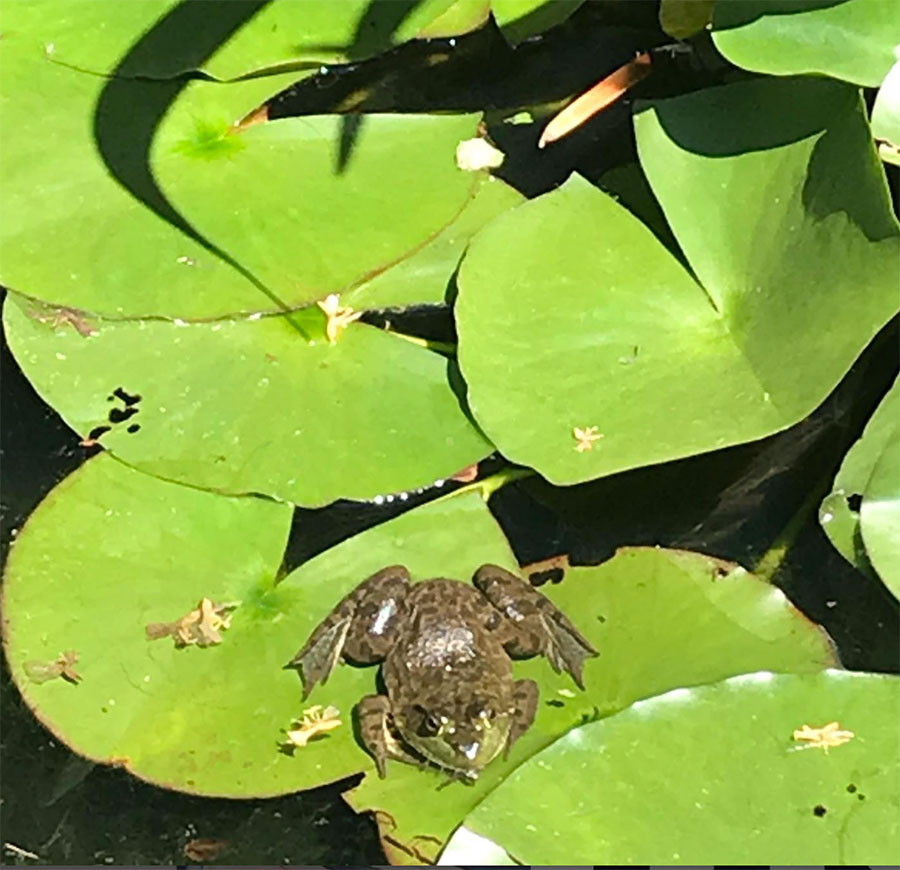
The frogs were here when we moved in, and they’ve stayed, save one summer when every one of them disappeared. I know the reason (they were a raccoon’s Friday night dinner). But I also know that frog species have been disappearing for other reasons and that climate change has been attributed to their decline. That quiet summer without the frogs was on my mind when I started to write One Small Hop, a climate fiction book set in the not-so distant future. It’s on my mind today.
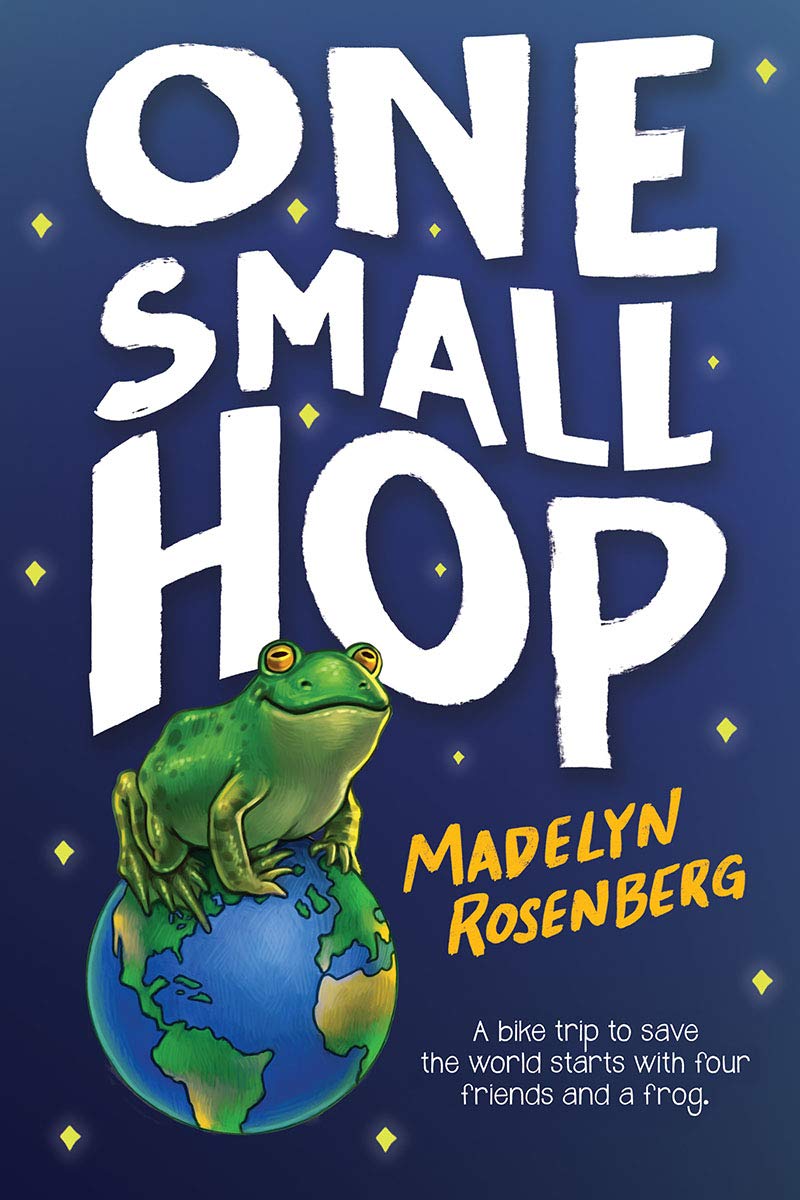
Signs of the earth’s environmental distress are everywhere. In changing weather patterns. In rising sea levels. And in the disappearance of the harlequin frog and the golden toad. Some of us avoid the signs, the same way we might avoid reading signs on telephone poles for a missing cat named Beatrice; sometimes, the signs are too sad.
As a writer, it’s always been easier for me to consider the sad things and the anger-inducing things with a little bit of humor. It’s like Mary Poppins and her proverbial spoonful of sugar. That’s why in One Small Hop I plant seeds for laughter in what is otherwise scorched earth. It makes it easier to absorb the idea that the world needs our help, and that one of the things that’s missing is our commitment to do more. A great time to make that commitment is Earth Day, held each April 22 and celebrated by more than a billion people. Here are some things you can do to celebrate, with kids in mind:
Start with a book. Lots of great books put kids in touch with the natural world. Nonfiction books show us birds and bees and blobfish. Fiction books give us agency. When we see characters do things to help the world, we know that we can do things, too. And we can influence others, who might have the means to make even more of an impact.
Need help selecting a book?
- Start with a Book has gathered up a great collection of books, activities, apps, and websites for learning about birds, bugs, animals, and nature.
- The Nature Generation presents the Green Earth Book Award each year and has some excellent lists with picture books, chapter books and middle grade novels.
- This year marks the inaugural year of the Blueberry List from Evanston Library, which honors excellent children’s literature that strengthens kids’ connections with nature and fosters a greater appreciation for our environment.
Appreciate what’s around you. Go on a nature walk, in your own neighborhood, at a park or at a nature preserve. How many plants can you name? Find at least one that you don’t know and see if you can identify it. Field guides are always helpful and there are lots of apps that can help, too.
Keep the outdoor adventures going with more books and exploration. Try the Bird Buddies toolkit to connect kids with birds and birding in your community or River Rangers to get to know your local watershed.
Host a book swap. Now that you’ve read a good book, it’s time to share. Trading books is a great way to reduce, reuse and recycle. Try trading with one friend or a whole bunch of them. You might even form a Help the Earth book club!
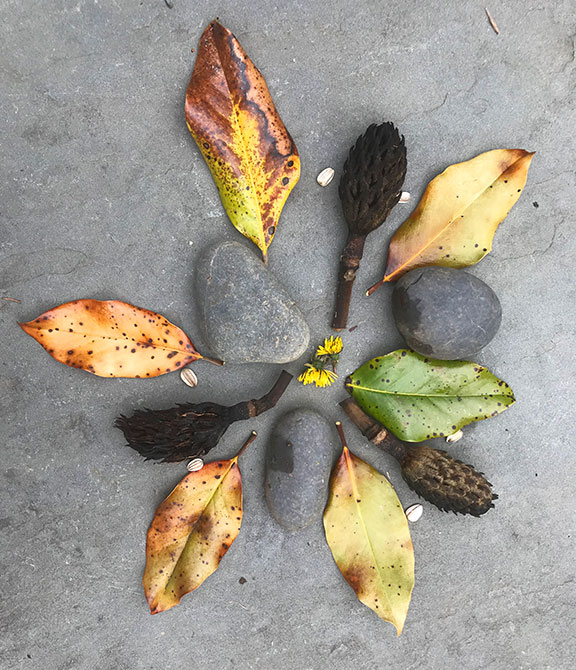
Seed exchange. Why stop at trading books? When your family plants wildflowers or a vegetable garden, do you ever have leftover seeds? Exchange them with your friends and plant a friendship garden. Don’t have a yard? You can still have a gardening adventure! Plant seeds in pots and containers. Use milk jugs or ask restaurants or bakeries if they have any containers you might use, like an empty pickle bucket. You can even collect seeds from some of your fresh fruits and vegetables.
Make art. Use discarded items to create an art project. Or create a natural art project by making a pattern using petals and other plant life that you find on the ground.
Tell your friends. Join your friends in celebrating the world — and in protecting it!

